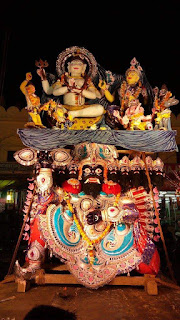Benefits of various utensils used for eating and drinking

We are often awestruck by the sheer looks of the golden or silverwares that the royal/aristocratic people often used in the past for eating and drinking purposes. We wonder what was the purpose of using these costly utensils for eating and drinking when a cheaper metal could have been used for the same purpose. And we conclude that it was just a show-off and nothing else. But that conclusion of ours is wrong if we study the Ayurvedic texts that explain the useful properties of various types of utensils that we use while eating and drinking. Ayurveda says - Properties of Utensils used for eating food - * Eating in Golden utensils removes all insufficiencies in diet, is beneficial for the eyes and enhances the qualities of the food served in them. * Eating in Silver utensils is beneficial for the eyes, pacifies Pitta, increases Kapha and Vata (Vata, Pitta and Kapha are biological humors). * Eating in Kansa (Bronze) utensils enhances intellect, enhances the taste of the food and c...




